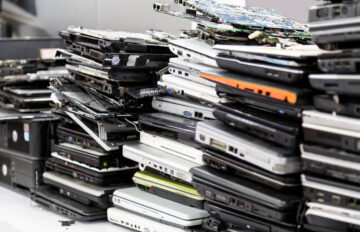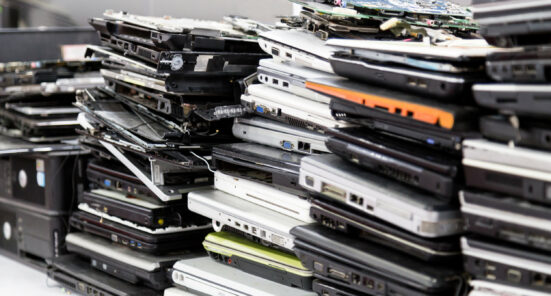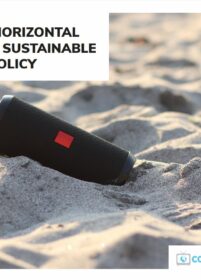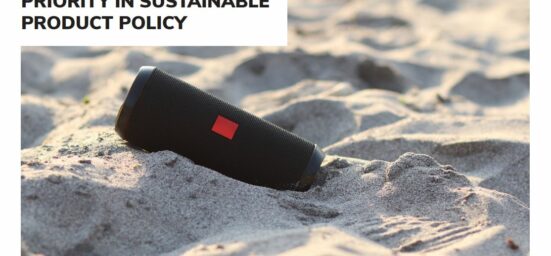Some appliances, such as dishwashers, washing machines and air-conditioners, now offer the possibility to communicate within or beyond the home. These “smart” appliances have features that may help consumers better use their products and save some energy, money and improve system-wide electricity grid efficiency (e.g. through shifting some uses to off-peak hours).
However, “smartness” also means that appliances will consume more electricity in the standby mode (when they wait for a network signal), and the additional electronic circuitry for those functions may also make them less durable and increase recycling challenges.
What’s the European Union doing?
The European Commission launched a preparatory study that was completed at the end of 2018. The latter estimates that should 100% of appliances be smartly used in 2030, the theoretical potential could be close to 60 million tonnes of CO2 emissions avoided in the EU per year (but not taking into account the additional energy consumption directly attributed to smart capabilities).
The main policy recommendation from the study is to inform consumers of the smart-readiness of appliances through an icon added to the energy label, or in the product information requirements for those products that are not energy-labelled. Based on this assessment, the Commission will decide whether to take action.
What does the Coolproducts campaign want?
-
The interest and genuine potential of “smart” functionalities need to be fully assessed, also taking into account the extra energy consumption they will trigger, such as higher standby power and extra consumption linked to telecommunications network and back-end infrastructures (which has not been properly done in the preparatory study);
-
Because the topic is so broad, the issue of smart sensors and scalable performance features that could contribute to energy savings should not be overlooked;
-
A smart-readiness icon on the energy label should only be allowed if sufficient basic functionality criteria are met about the potential for the appliance to really save energy, and if there are sufficient provisions to avoid wasteful consumption (e.g. the smartness should be off by default, and the user should always be able to disable it).
Coolproducts technical input and position papers:
2017 – Technical input on Task 7 and extra of the preparatory study
2016 – Technical input to Tasks 5-7 of the preparatory study
2015 – Technical input to tasks 2-4 of the preparatory study






